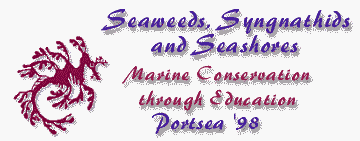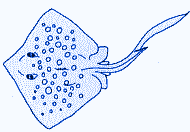 |
 |
Abstracts of Conference Papers
Diving into Cyberspace - Integrating Learning Technologies into your Marine Education Program
Gayle Seddon
Project Officer Science and Technology Education in Primary SchoolsAndrew Hocking
Project Officer The Global Classroom Project
Department of Education Victoria
Curriculum Development and Learning Technologies
Gayle Seddon is a writer and presenter for the Victorian Department of Education's Science and Technology Education in Primary Schools satellite television programs. She is also immediate past president of the Victorian Association for Environmental Education. Gayle has had extensive experience in developing environmental education curriculum resources and professional development programs with the Gould League of Victoria and CERES. Gayle wrote the Port Phillip Bay Primary Education Kit for schools which was nominated for The Australian Awards for Excellence in Educational Publishing. |
 |
Andrew Hocking coordinates the Global Classroom Project for the Department of Education. The GCP provides teachers and students the opportunity to participate in Internet based collaborative projects coordinated by teachers in schools. Andrew has extensive experience in the use of the Internet and Learning Technologies in the curriculum and has developed and coordinated Professional Development in this area.
The aims of the workshop Diving into Cyberspace were:
- to inform teachers of the latest Learning Technologies in Marine Education available through the Victorian Department of Education
- to present various successful models of best practice in collaborative projects using available Learning Technologies such as the Internet
- to workshop with teachers ideas for collaborative projects to meet their needs in marine education
- to assist teachers to identify and set up a network for the development and implementation of collaborative projects in marine education using the Internet.
The workshop provided teachers with best practice models to incorporate Learning Technologies into marine education programs. Examples included the use of the Internet for setting up online communication projects, chat groups, access to curriculum resources and the use of multimedia such as satellite television programs and CD-ROMs.